[social_warfare]
Tiger Conservation and the Impact of Wildlife Photography
In the dimming light of the world’s wild landscapes, the tiger moves with a silken grace, each step a testament to a legacy both ancient and increasingly threatened.
The “Remembering Wildlife” photography competition, a prestigious annual event, recently showcased 20 stunning images of tigers, each one capturing the stark beauty and raw survival of these magnificent creatures. But beyond their aesthetic allure, these images serve a deeper purpose: they are a clarion call for conservation.
A Portrait of Peril
There are only around 5,500 tigers left in the wild, and the big cat is listed as ‘endangered’ by the International Union for Conservation of Nature (IUCN).
This stark statistic underpins the urgent narrative of tiger conservation. The dwindling numbers highlight a story of habitat loss, human-wildlife conflict, and illegal poaching that has left these majestic animals teetering on the brink of survival.
The Power of an Image
Photography, especially in the context of wildlife and conservation, does more than just document reality. It evokes emotion, provokes thought, and can drive action. The images from the “Remembering Wildlife” competition, set to be featured in the forthcoming book “Remembering Tigers,” do just that.
They are not merely portraits but powerful tools in the fight for conservation. As we gaze into the eyes of these tigers through the lens of the world’s best wildlife photographers, we are reminded of what is at stake.
The Winning Images:





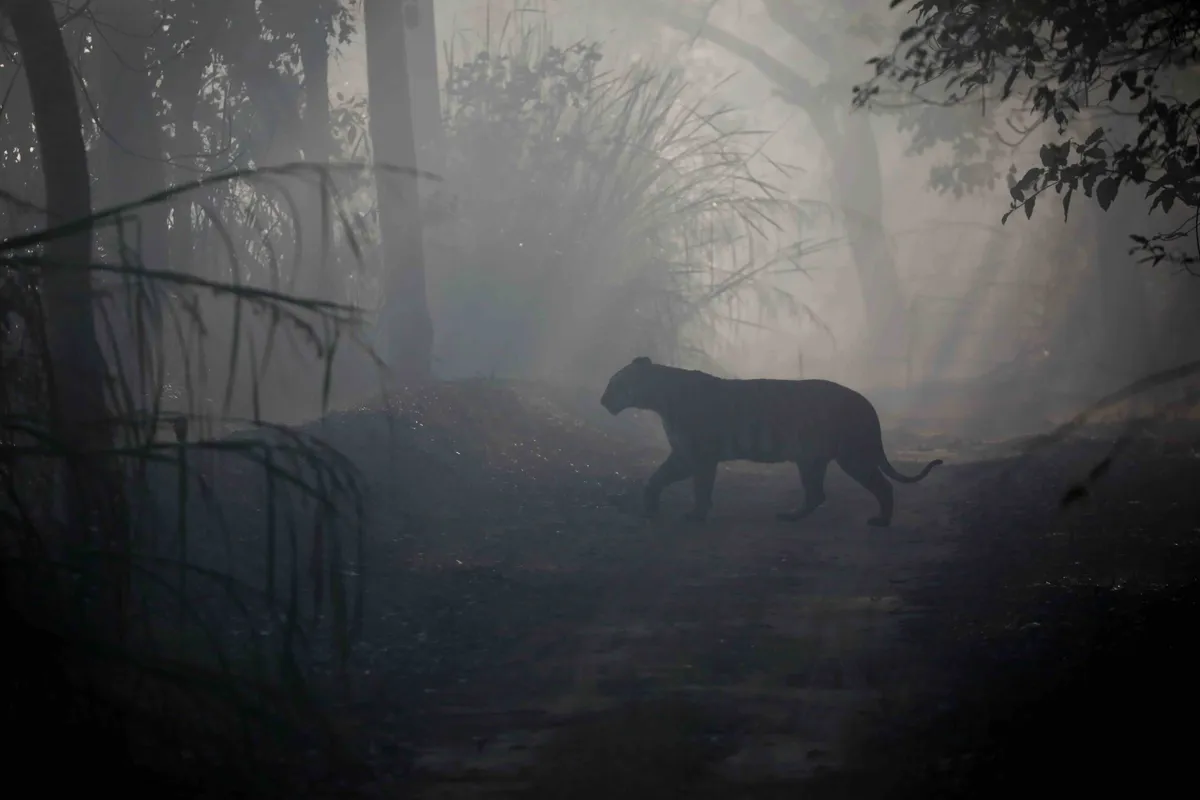



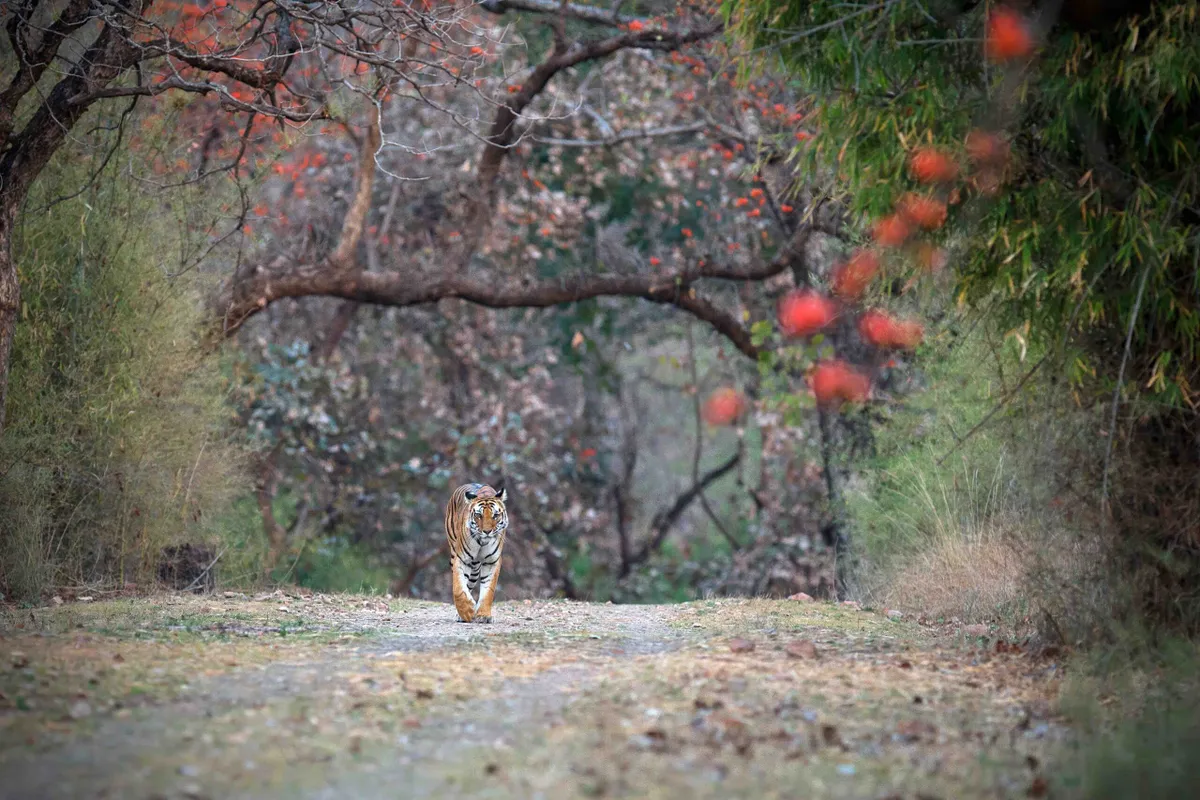





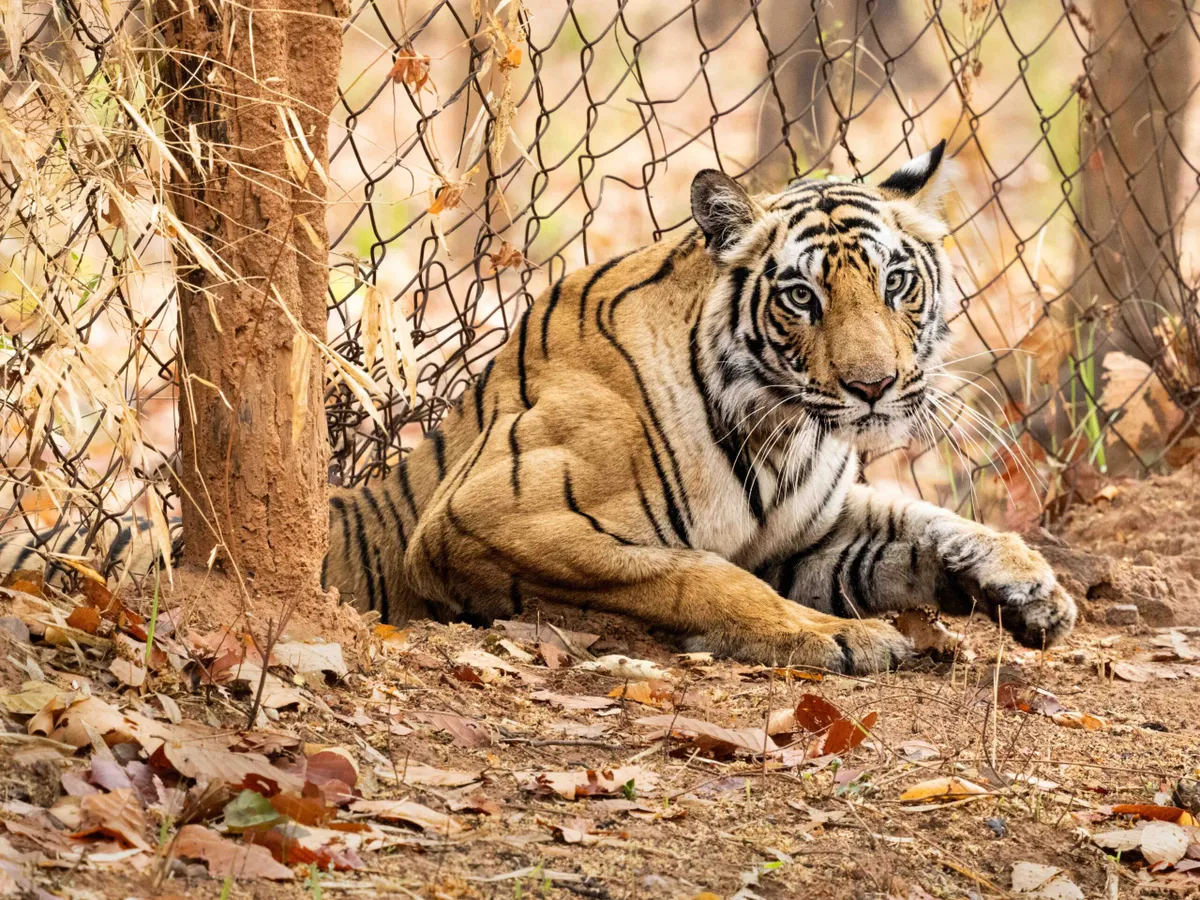

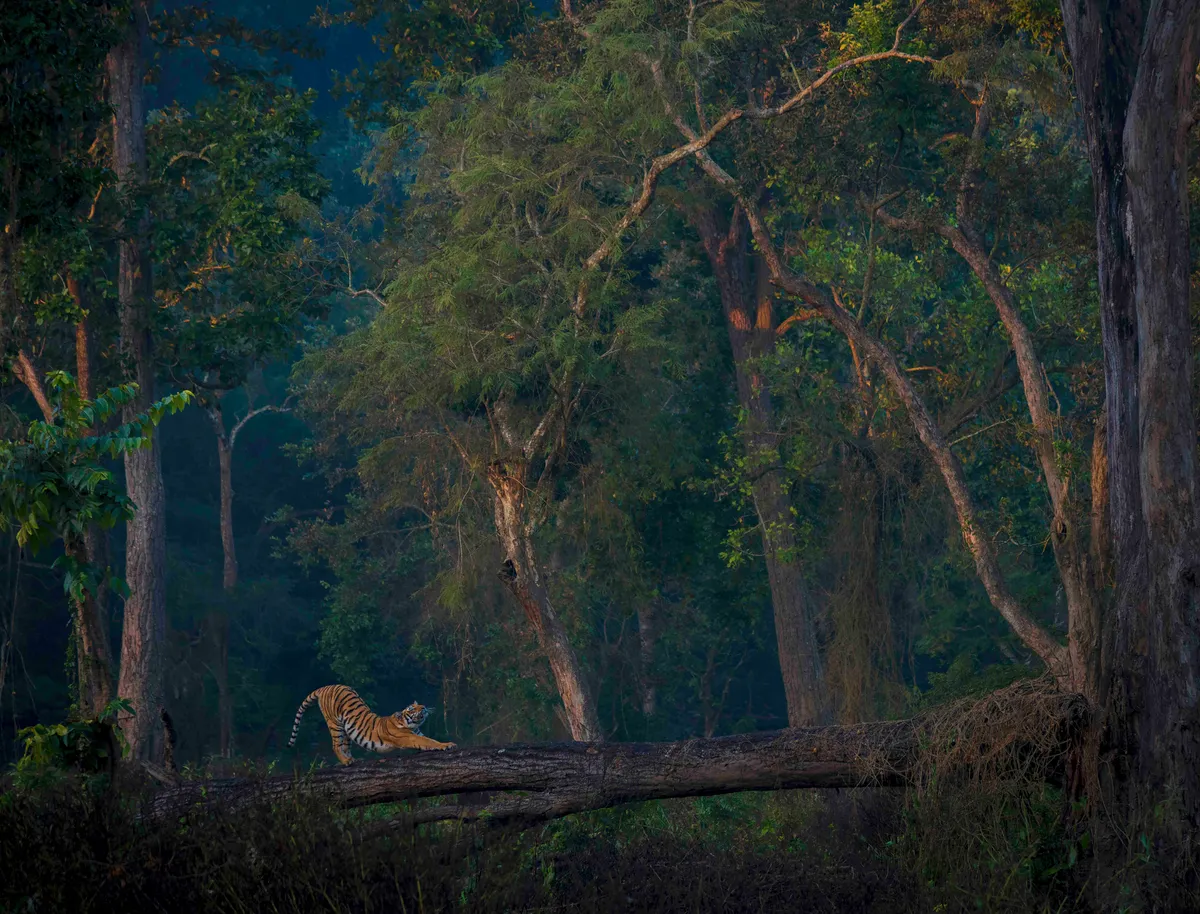

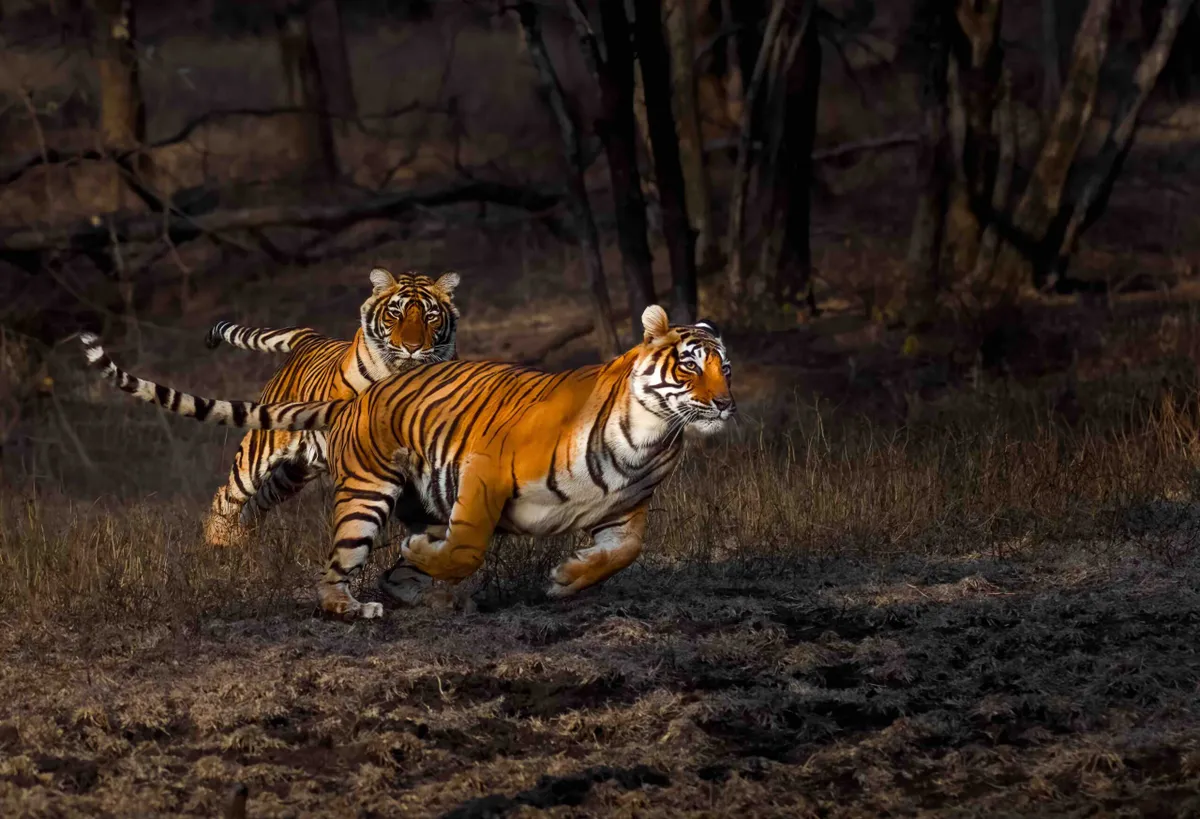
Voices of Conservation
“The raw power and solemn dignity captured in these images remind us of our duty to these creatures,” notes Dr. Jane Goodall, a primatologist and a fervent advocate for endangered species.
The photography serves as a poignant reminder of the beauty we stand to lose and the scientific and ethical imperatives to preserve it.
Tiger conservation is multifaceted, involving habitat protection, anti-poaching efforts, and community engagement. Countries like India, home to the largest number of wild tigers, have implemented successful conservation programs that have seen tiger populations begin to stabilize and even grow. The Global Tiger Forum, an inter-governmental international body, plays a crucial role in this by promoting the agenda of tiger conservation.
Conservation efforts also extend to improving the genetic diversity of tigers, combatting the illegal wildlife trade, and ensuring sustainable landscapes for their survival. Organizations like the World Wildlife Fund (WWF) and local NGOs work tirelessly to mitigate human-tiger conflicts and promote coexistence.
READ NEXT; THE BEST PLACES TO SEE TIGERS IN INDIA
Despite these efforts, challenges abound. Habitat fragmentation, human encroachment, and climate change pose significant threats to tiger populations. Conservationists argue for a landscape approach to conservation, connecting protected areas and providing safe corridors for wildlife movement.
In addition, engaging local communities in conservation efforts is essential. By involving those who live closest to these creatures in the protection efforts, there is hope for a sustainable coexistence. “Community-led initiatives are crucial in the fight against poaching and habitat destruction,” states a conservation expert from the field.
As we reflect on the stunning images from the “Remembering Wildlife” competition, let us not forget the underlying message they carry. Each photograph is not just a moment captured in time but a part of a larger story—a story that requires us to act, to care, and to participate in the conservation of our planet’s remarkable wildlife.
Through informed discussion, dedicated conservation efforts, and a sustained will to change, we can hope to see a future where tigers continue to roam free in the wild. Let these images be a reminder and a motivation, for there is much work to be done, and the stakes are nothing less than the survival of one of the Earth’s most iconic species.
